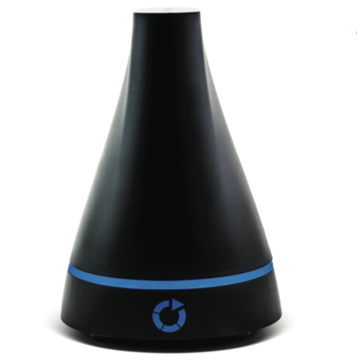Transporter: data sync for the rest of us

A new-product promises to deliver simple and inexpensive file sharing and synchronization capabilities to consumers everywhere. Cool. The really good news: this guy has done it before.
Geoff Barrall, a brilliant and creative serial entrepreneur, has come up with a product that I believe will be his most successful yet: the Transporter. Connected Data is the 5th company he's founded, with NAS vendor BlueArc and Drobo as earlier startups.
The Transporter takes a page out of the Steve Jobs playbook: make something as simple as possible and no simpler. It combines file synchronization, back up and file sharing in one simple appliance that isn't much bigger than a disk drive.

How simple? Buy the product, link to your router, register it at the company website, specify what folders you want to have and who can access them, and the system automatically takes care of the rest.
The data transporter will be available in three configurations. One with no storage – which needs a 2.5" disk drive – or with a 1TB or 2TB hard drive. They'll range in price from $199 to $399.
How is it different? As a user of Drop Box, iCloud - which I find pretty useless - and SimpleNote, I have some sense of the current market. The Transporter has several advantages:
One time fee. Buy the product and you're done.
Privacy. All data is stored on your disks, not in the cloud. All data is encrypted for transport. Safe for lawyers and health care providers.
Shareable. You can share data with any Transporter in the world.
For more info, check out their data sheet.
The Storage Bits take I'm planning to buy a couple for testing, so I'll let you know how the reality measures up to the promise. But I know Geoff and he's got a good track record of delivery.
The Transporter should remind us all that we are still early in the Internet age - about where automobile transportation was in the 1930s - and we still need many improvements. The Transporter looks to be one of them.
Comments welcome, of course. How would you use a pair of Transporters?